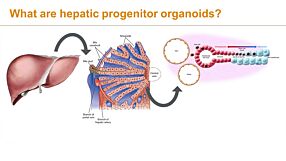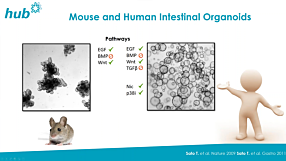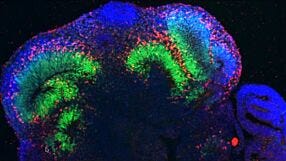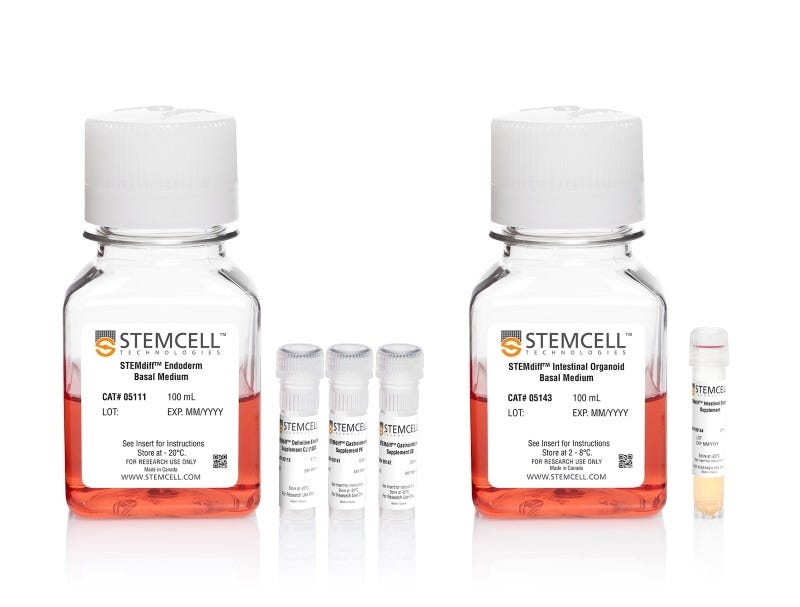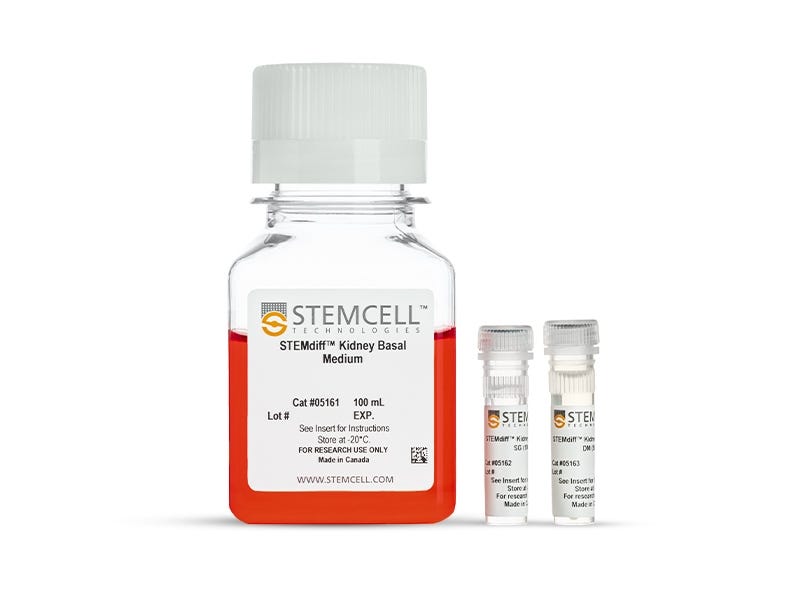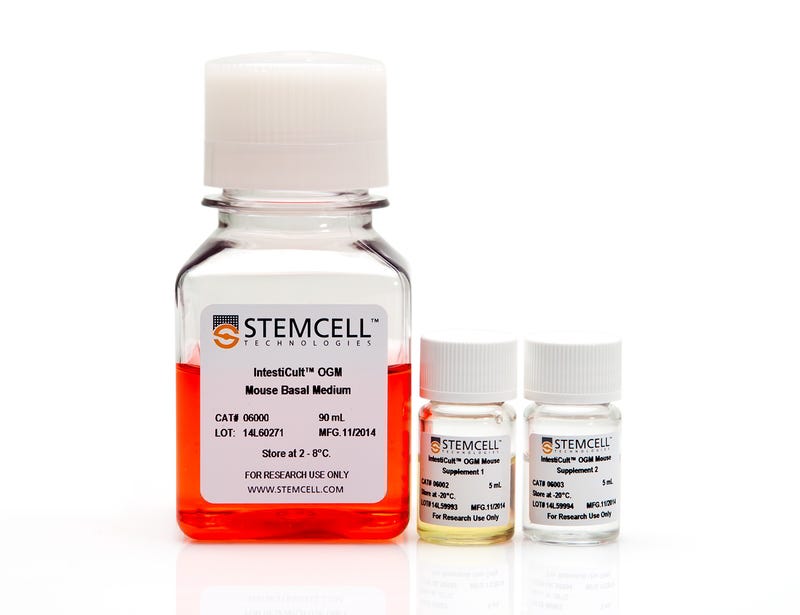Organoid Expert Panel
What could organoids do for your research? In this in-depth panel discussion, STEMCELL's organoid experts answer questions submitted by you. Topics include evaluating organoids as tissue and disease models, variability in organoid cultures, and future outlooks in translational and clinical applications.
What could organoids do for your research? In this in-depth panel discussion, STEMCELL's organoid experts answer questions submitted by you. Topics include evaluating organoids as tissue and disease models, variability in organoid cultures, and future outlooks in translational and clinical applications.
Publications mentioned during the discussion:
Gjorevski N et al. (2016) Designer matrices for intestinal stem cell and organoid culture. Nature 24;539(7630):560-4.
Vlachogiannis G et al (2018) Patient-derived organoids model treatment response of metastatic gastrointestinal cancers. Science 359(6378):920-926.
Lancaster M et al. (2014) Generation of cerebral organoids from human pluripotent stem cells. Nat Protoc 9(10): 2329-40.
Sakaguchi H et al. (2015) Generation of functional hippocampal neurons from
self-organizing human embryonic stem cell-derived dorsomedial telencephalic
tissue. Nat Commun. 17;6:8896.
Watanabe M et al. (2017) Self-Organized Cerebral Organoids with Human-Specific Features Predict Effective Drugs to Combat Zika Virus Infection. Cell Rep. 10;21(2):517-32.
Pham MT et al. (2018) Generation of human vascularized brain organoids. Neuroreport 2;29(7):588-93.
Mansour AA et al. (2018) An in vivo model of functional and vascularized human
brain organoids. Nat Biotechnol. 36(5):432-41.
Workman MJ et al. (2017) Engineered human pluripotent-stem-cell-derived intestinal tissues with a functional enteric nervous system. Nat Med. 23(1):49-59.
Nakamura T and Watanabe M (2017) Intestinal stem cell transplantation. J Gastroenterol. 52(2):151-7.
Vlachogiannis et al. (2018) Patient-derived organoids model treatment response of metastatic gastrointestinal cancers. Science, 23;359(6378):920-6.
Drost et al. (2015) Sequential cancer mutations in cultured human intestinal stem cells. Nature. 7;521(7550):43-7
Fujji et al. (2016) A Colorectal Tumor Organoid Library Demonstrates Progressive Loss of Niche Factor Requirements during Tumorigenesis. Cell Stem Cell. 2;18(6):827-38.
Czerniecki SM et al. (2018) High-Throughput Screening Enhances Kidney Organoid Differentiation from Human Pluripotent Stem Cells and Enables Automated Multidimensional Phenotyping. Cell Stem Cell. 1;22(6):929-40.
Dekkers JF et al. (2013) A functional CFTR assay using primary cystic fibrosis intestinal organoids. Nat Med. 19(7):939-45
McCracken KW et al. (2017) Wnt/β-catenin promotes gastric fundus specification in mice and humans. Nature 12;541(7636)
Cruz-Acuña R et al. (2017) Synthetic hydrogels for human intestinal organoid generation and colonic wound repair. Nat Cell Biol. 19(11):1326-1335
Publish Date:
August 30, 2018
Request Pricing
Thank you for your interest in this product. Please provide us with your contact information and your local representative will contact you with a customized quote. Where appropriate, they can also assist you with a(n):
Estimated delivery time for your area
Product sample or exclusive offer
In-lab demonstration
By submitting this form, you are providing your consent to STEMCELL Technologies Canada Inc. and its subsidiaries and affiliates (“STEMCELL”) to collect and use your information, and send you newsletters and emails in accordance with our privacy policy. Please contact us with any questions that you may have. You can unsubscribe or change your email preferences at any time.
